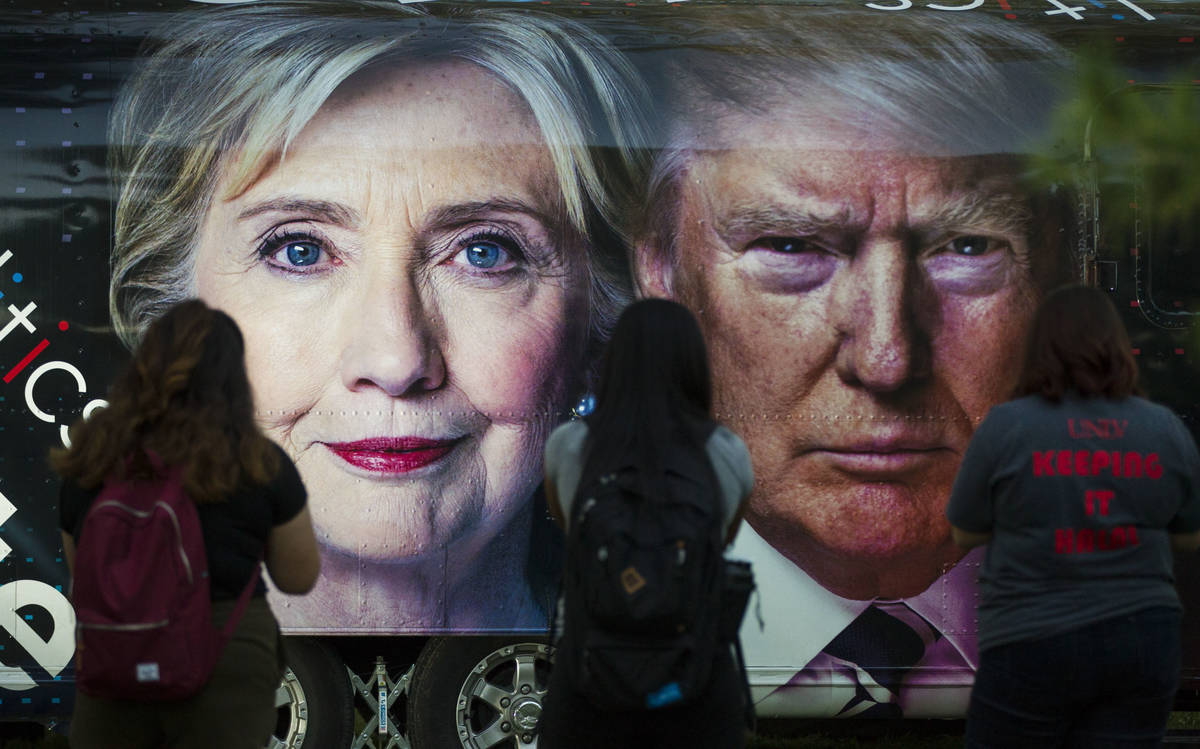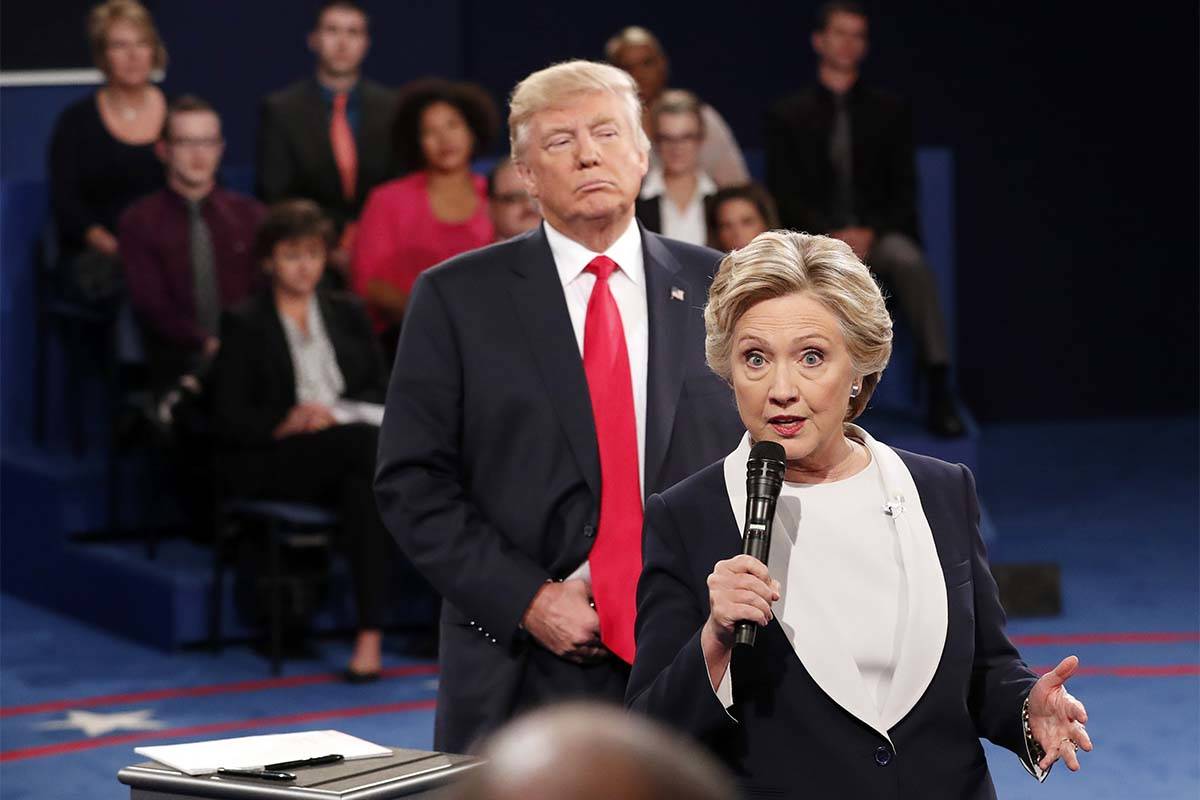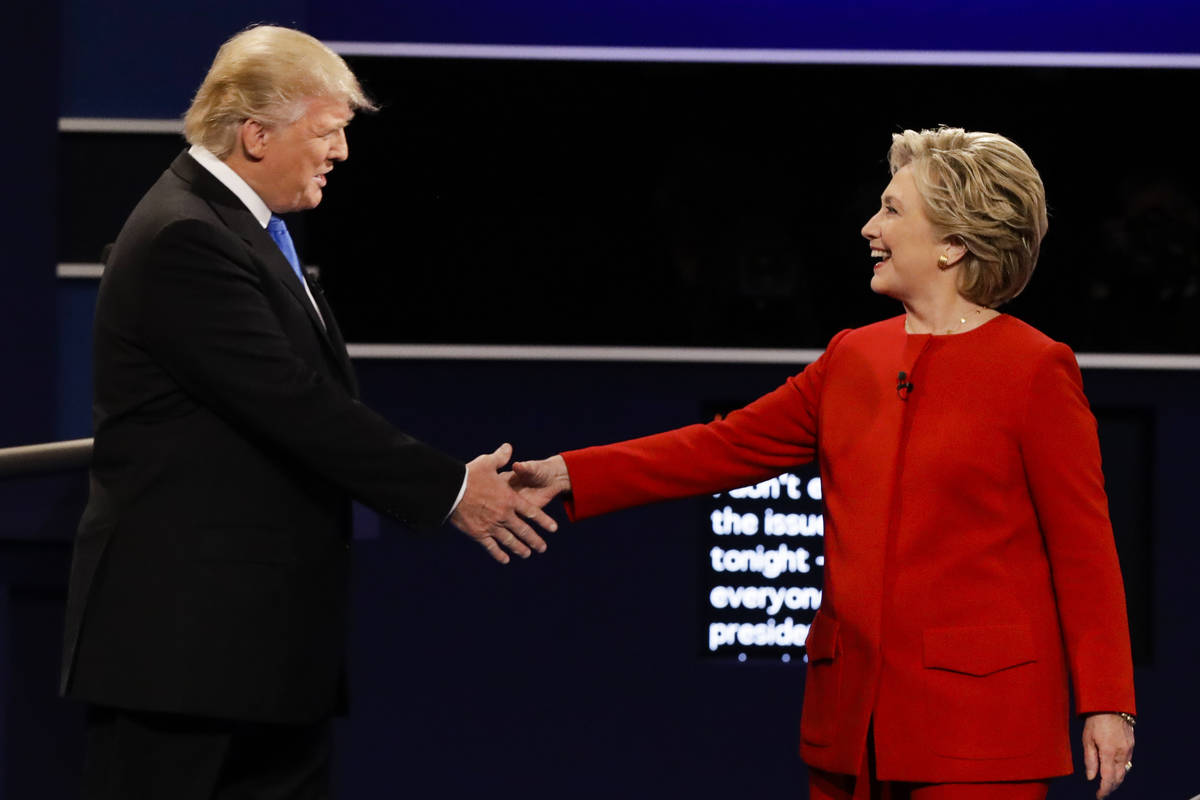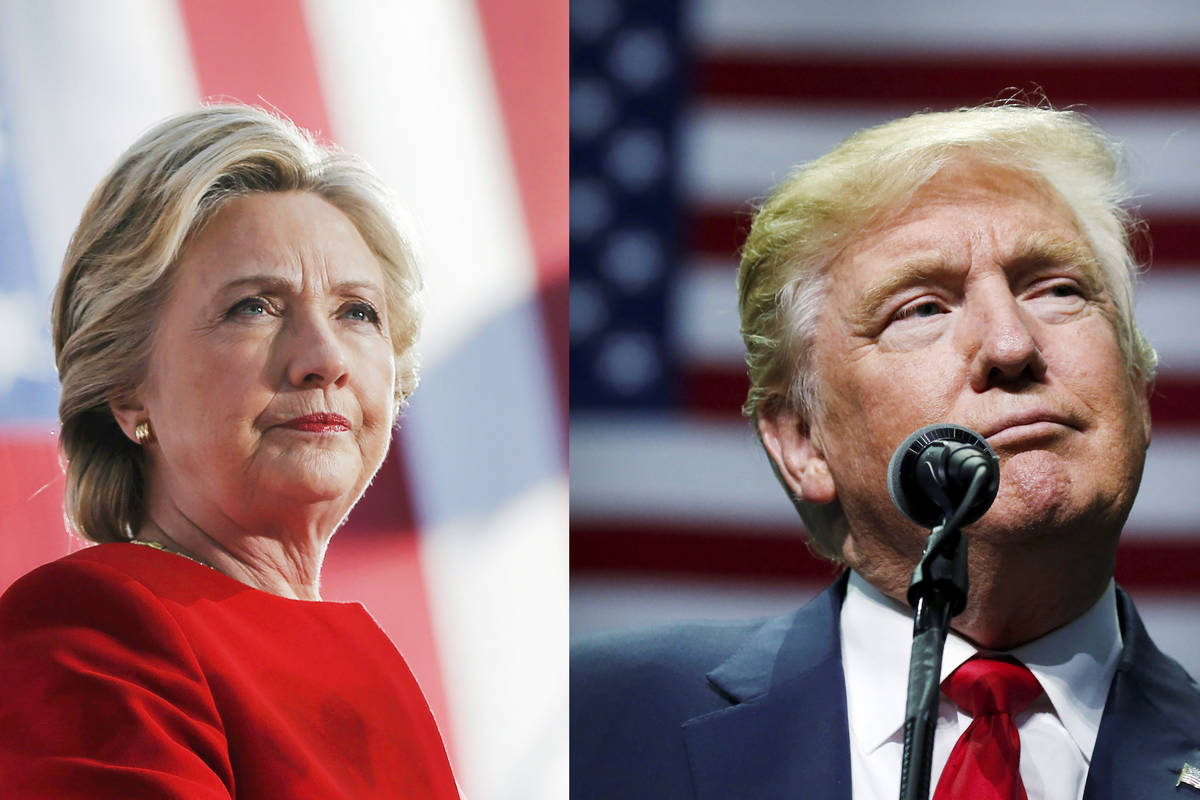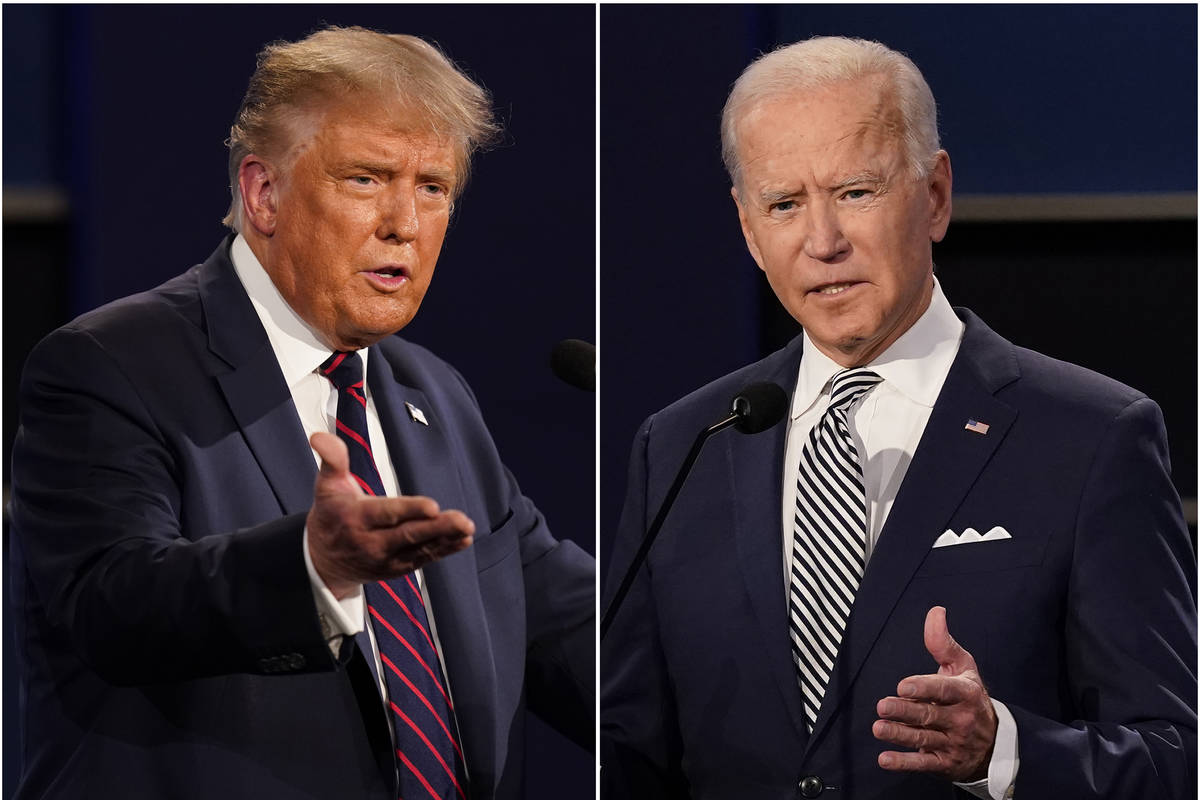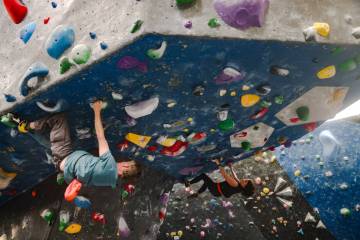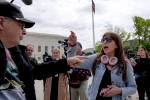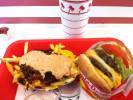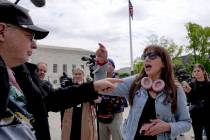Fearing a repeat of 2016, Democrats taking no chances in 2020
WASHINGTON — Tuesday, Nov. 8, 2016, was the night the election masters got their hats handed to them. On Nov. 7, their predictions gave an early, sweat-free victory to Democratic nominee Hillary Clinton and an all-but-certain loss for Republican Donald Trump.
As Election Day looms on Tuesday, it is instructional to look at how wrong the experts got the last election and what factors are likely to determine whether President Donald Trump stays in the Oval Office or former Vice President Joe Biden replaces him.
In 2016, prestigious prognosticators had predicted that Clinton would come out ahead of Trump in the states they felt comfortable calling and would capture the 270 electoral votes needed to take the White House.
The University of Virginia Institute of Politics Crystal Ball foresaw a route with Clinton garnering 322 electoral votes to Trump’s 216. The Associated Press saw 274 Clinton votes to Trump’s 190. NBC went 274 for Clinton to Trump’s 170. The Cook Political Report forecast 278 to 204 favoring Clinton, NBC 274 to 170 for Clinton and CNN 268 to 204 for Clinton.
Clinton won the popular vote, but in the Electoral College, where the race was won, Trump clobbered the former first lady and secretary of state with 306 electoral votes to her modest 232. The models had wrongly called Pennsylvania, Michigan and Wisconsin for Clinton.
At one point, as conventional expectations crumbled, NBC’s Lester Holt remarked, “This has gone on a lot longer than many imagined it would.”
So it is no wonder that while the polls consistently have shown Biden with a considerable lead in the popular vote and ahead in battleground states, Democrats are having night sweats and Republicans are praying there is a substantial Trump polling undercount.
Polls and overconfidence
The RealClearPolitics 2016 map predicted 203 electoral votes for Clinton and 164 for Trump. This Friday, RCP predicted 216 votes for Biden and 125 for Trump, with 197 toss-up votes in battleground states including Nevada. The RCP polling average gives Biden a 4-point edge.
After Clinton’s unexpected loss, Democrats faulted her team’s overconfident campaign decisions, most notably her failure to campaign in Wisconsin on the presumption that the state would vote reliably blue as it had since 1988.
The message from the 2016 defeat: Don’t take victory for granted.
On Friday, Biden stumped in Wisconsin and Iowa, two states Trump won in 2016 but where Biden is polling ahead: 6.4 percentage points in Wisconsin and 1.2 percentage points in Iowa, according to the RCP polling averages. Biden also campaigned in Minnesota, a state a GOP presidential nominee has not won since 1972.
Trump also campaigned in Minnesota on Friday. Campaign spokesman Tim Murtaugh told reporters that Biden’s Minnesota event showed the Democrat “playing defense” on blue turf, but Biden told reporters he was “taking nothing for granted.”
“We’re looking at the same election we’ve always been looking at,” Democratic pollster Paul Maslin told the Review-Journal. This isn’t 2016, and “Biden’s going to win.”
One advantage Biden enjoys is a substantial cash-on-hand situation, which has allowed him to venture into states like Georgia, which Trump won by 5 points.
“Why not? It’s not as if Biden lacks for resources,” Maslin said.
But also, Maslin said, Biden has to pick up three battleground states, while Trump has to carry eight.
COVID-19 and mail ballots
The coronavirus pandemic has upended the election by reframing how Americans exercise their right to vote.
Given Trump’s rhetoric against mail ballots and Biden’s support for voting by mail to prevent the spread of COVID-19, it is expected that Democrats will vote by mail more than Republicans and that Republicans are more likely than Democrats to vote in person.
According to the U.S. Elections Project, nearly 86 million Americans had voted by Friday, 30.5 million voting early in person and the rest by mail. More Texans already have voted early in that state than voted in the 2016 election.
In September, the Trump campaign shared seven scenarios that showed Trump winning. In all seven scenarios, Trump carried Texas. RCP has branded the once-reliably red state, with its 38 electoral votes, as a toss-up. The Trump campaign also included Georgia as a win in its seven scenarios, but it is now listed as a toss-up state by RealClearPolitics.
In Nevada, more than 1 million voters had cast their ballots as of Friday afternoon, 40 percent Democrats, 36 percent Republicans. In 2016, close to 1.2 million Nevadans voted in the presidential contest, with Clinton bettering Trump by 2.4 points.
Trump has maintained that he can win the Silver State in November, hence his four sweeps through the state this year, but the Trump campaign counted Nevada as a win in just two of its seven scenarios.
To rally or not to rally?
The pandemic also has affected how the candidates work the electorate. To prevent the spread of the coronavirus, Biden spent weeks largely campaigning remotely from his Delaware home, and the Democratic National Convention was a virtual affair.
With the election approaching, Biden has spent more time on the road, speaking to socially distanced supporters often watching from the safety of their cars and honking in lieu of applause.
Trump, who tested positive for COVID-19 in early October, returned to the campaign trail with a ferocious barrage of airport rallies. Cynthia Karsh, of Laughlin, told the Review-Journal that she and her husband showed up at Trump’s Wednesday rally in Bullhead City, Arizona, where the president did not need to heed Nevada Gov. Steve Sisolak’s social distancing order, which limits public gatherings to 250 people.
“We waited five hours and walked over five miles, but were able to get a seat fairly close. The enthusiasm and excitement when Air Force One landed was awesome. Even the high wind and audio/PA technical disruptions didn’t matter. We were like-minded people supporting our president who we pray and believe will win the election easily. He has certainly worked harder than the other guy,” Karsh said in an email.
Biden has dismissed Trump’s campaign rallies as “superspreader” events as he panned Trump as “the worst possible person to lead us through this pandemic.”
A USA Today/Suffolk University poll found that nearly six in 10 Americans disapprove of Trump’s large rallies because of the coronavirus.
“If that’s the case, then I guess we’ll find out Tuesday,” Turning Point USA founder Charlie Kirk said before the Bullhead City rally. “I don’t think Trump has a choice. I mean, looking from the president’s perspective, he doesn’t have the cash on hand.”
Kirk also argued that polls about Trump “conventionally are wrong.” He expects a bump because of rally-related enthusiasm and voter registration for rally participants.
Contact Debra J. Saunders at dsaunders@reviewjournal.com or 202-662-7391. Follow @DebraJSaunders on Twitter.



